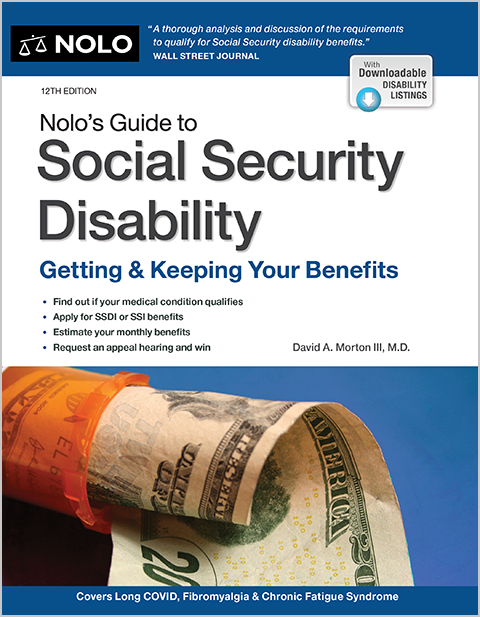Learn about driving provisions and special programs focused on keeping both Utah's older drivers and roadways safe.
As drivers age, health issues can start to creep up that impact vision, reflexes, and hearing—key functional components of good driving. According to the Utah Department of Public Safety (DPS), senior drivers are almost four times as likely to be killed in a car crash than younger drivers. In order to help older drivers maintain their independence while staying safe behind the wheel, the state of Utah has additional license renewal requirements for residents 65 years of age and older.
Utah Driver's License Renewal Requirements for Drivers Age 65 and Older
All Utah driver's licenses are valid for eight years, and you can renew your license as early as six months before the expiration date. You don't have to take a written or road test in order to renew your license (unless your license has been expired for more than six months, you have more than six citations in eight years, or your license has been suspended or revoked).
However, you will need to pass a vision test, meaning you'll need to show that you have corrected 20/40 vision and peripheral fields (side vision) of 90 degrees in at least one eye. If you don't meet these requirements, you'll have to get a Certificate of Visual Examination from your eye doctor. You can book your vision test, along with your renewal appointment, using the DPS driver license division online scheduler tool.
Possible Utah Driver's License Restrictions for Seniors
Like most other states, Utah can place restrictions or conditions on where, when, and how you can drive before issuing your license. If you have a driving restriction, it will be noted on your license with a letter or number indicating the type of condition placed on your license.;
The most common restriction on Utah drivers of all ages is to require corrective lenses (such as glasses or contact lenses) while behind the wheel. Below is a table of some other restrictions older drivers may encounter, along with the corresponding letter or number that appears on your license.
|
Driving Condition |
License Restriction Code |
|
Can't drive faster than 40 mph |
6 |
|
Use of an automatic transmission vehicle only |
7 |
|
Mechanical aid or compensatory device required while driving |
C |
|
Prosthetic aid must be used while driving |
D |
|
Can only drive vehicle with outside rearview mirrors |
F |
|
Can only drive during daylight hours |
G |
The above list isn't exclusive—the DPS can add other restrictions that the agency deems necessary to help protect the safety of the vehicle operator and other drivers on the road. If you're found behind the wheel in violation of the restrictions on your license, you can have your driving privileges suspended or revoked. For information on how to reinstate a driver's license, contact one of the DPS licensing division offices located throughout Utah.
Requesting an Unsafe Driver Investigation in Utah
If you're concerned that an older relative, friend, or neighbor has a physical, mental, or emotional impairment that may present a threat to themselves or others on the road, you can submit an unsafe driver reporting form to the DPS. You can also use this form to report drivers who may be unsafe due to frequent accidents, disregard for traffic laws, or hazardous driving actions.
When completing the form, be as detailed as possible. Include additional pages if necessary. Additionally, you must have the form notarized— the DPS won't process the review without this step. Send the completed, notarized form to the following address:
Department of Public Safety
Driver License Division
4501 South 2700 West
P.O. Box 144501
Salt Lake City, UT 84114-4501
DPS will evaluate the form to determine if further action should be taken. Potential actions include initiating a driver review (involving a written knowledge test, a vision exam, and a driving skills test) or having the driver submit a Functional Ability Evaluation Medical Report form or a Certificate of Visual Examination form completed by their health care professional or vision specialist. If, after the review process, the driver can't meet minimum testing standards, they may have additional restrictions put on their licenses or have their driving privileges taken away.
Disabled Driver Plates and Placards
Drivers with disabilities can qualify for disabled person's license plates or placards which allow them to park in designated areas that allow easy access to entrances of public buildings. Disabled driver license plates are mounted in place of standard license plates, and may be personalized. Placards are hung from the rearview mirror.
Utah state law defines a "disabled person" for purposes of qualifying for a plate or placard as somebody who:
- can't walk 200 feet without stopping to rest
- can't walk without the use of (or assistance from) a brace, cane, crutch, another person, prosthetic device, wheelchair, or other devices
- is severely functionally restricted by lung disease
- uses portable oxygen
- has a severe cardiac condition, or
- has significant functional limitations in the ability to walk, due to an arthritic, neurological, or orthopedic condition.
Obtaining a disabled placard or plate is a fairly straightforward process. You'll need to complete Form TC-842, Disabled Person And Physician Disability Certification. Have a licensed physician complete Section 3 ("Disability Certification") of the form, then mail the completed certification to the following address:
Division of Motor Vehicles
Mail and Correspondence
P.O. Box 30412
Salt Lake City, UT 84130
Don't forget to include any required fees—durable material disability placards cost $2.50 each (paper placards are free) and license plates are $21.50 each. There's also an additional $7.75 in postage costs for license plates obtained through the mail.
Learn More About Utah Driving Rules for Seniors
Knowing when to ask for help is a major factor in keeping senior drivers safe and independent, so it's key to recognize your limitations and the limitations of loved ones who are getting behind the wheel. The National Highway Traffic Safety Administration (NHTSA), part of the U.S. Department of Transportation, has important information on its website of special interest to older drivers. Additionally, the 2024-2025 Utah Driver Handbook can help keep older drivers current on the laws, rules, and techniques for safe driving in Utah.
Even the best drivers make mistakes, however. If you're a senior driver dealing with the aftermath of a collision or driving infraction, you may want to contact an attorney to help you fight your traffic ticket, handle your car accident claim, or get your license reinstated.
Talk to a Lawyer
Need a lawyer? Start here.
How it Works
- Briefly tell us about your case
- Provide your contact information
- Choose attorneys to contact you
- Briefly tell us about your case
- Provide your contact information
- Choose attorneys to contact you


